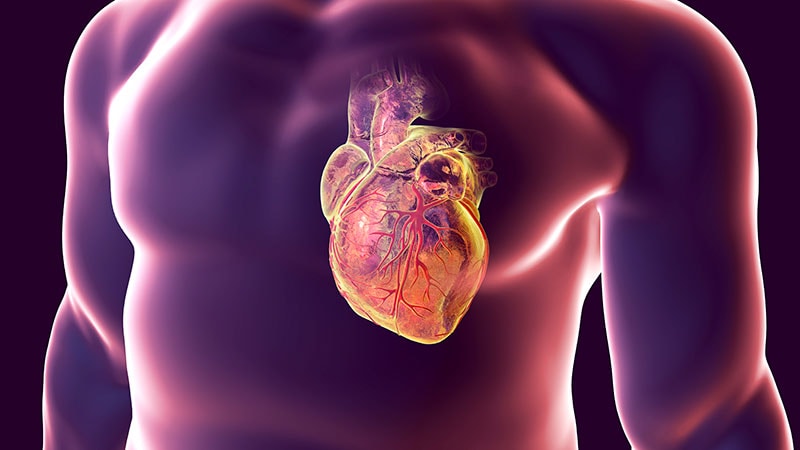Guide to Noninvasive Heart Transplant Rejection Surveillance
Belangrijkste concepten
Transitioning to noninvasive surveillance strategies for heart transplant rejection requires careful consideration and practical guidance.
Samenvatting
The content provides guidance on transitioning to noninvasive surveillance strategies for heart transplant rejection after relying on invasive methods like Endomyocardial biopsy (EMB). Key points include the correlation between circulating dd-cfDNA levels and rejection, the use of gene expression profiling (GEP) to reduce EMB frequency, challenges in interpretation, and the importance of considering various factors in implementing noninvasive surveillance. The content also discusses the timing of testing, the role of dd-cfDNA in detecting rejection types, and the challenges in implementing less invasive screening strategies.
Noninvasive Heart Transplant Rejection Surveillance Guide
Statistieken
Studies show that dd-cfDNA has a negative predictive value of 97% for acute cellular rejection and antibody-mediated rejection.
GEP reduces EMB use and is sensitive for detecting acute cellular rejection.
Levels of dd-cfDNA stabilize early at about 14 days post-transplant.
Routine testing is generally not recommended after 5 years post-transplant.
Citaten
"Elevated levels of dd-cfDNA over time are associated with adverse outcomes."
"Important to consider education of transplant faculty and staff on test interpretation."
Belangrijkste Inzichten Gedestilleerd Uit
by Marty Tam om www.medscape.com 05-24-2023
http://www.medscape.com/viewarticle/991302
Diepere vragen
How can the role of dd-cfDNA in modulating immunosuppression be further explored?
The role of dd-cfDNA in modulating immunosuppression can be further explored through prospective studies that investigate the correlation between dd-cfDNA levels and immunosuppressive drug dosages. By monitoring dd-cfDNA levels alongside changes in immunosuppression regimens, researchers can assess whether there is a relationship between dd-cfDNA dynamics and the need for immunosuppressive adjustments. Additionally, conducting randomized controlled trials to evaluate outcomes based on personalized immunosuppression guided by dd-cfDNA levels can provide valuable insights into the potential of dd-cfDNA as a tool for individualized immunosuppressive therapy in heart transplant recipients.
What are the potential drawbacks of relying solely on noninvasive rejection screening strategies?
Relying solely on noninvasive rejection screening strategies, such as gene expression profiling (GEP) and quantification of donor-derived cell-free deoxyribonucleic acid (dd-cfDNA), may have several potential drawbacks. One major limitation is the inability of these noninvasive tests to differentiate between acute cellular rejection (ACR), antibody-mediated rejection (AMR), and allograft injury. This lack of specificity can lead to challenges in accurately diagnosing the underlying cause of graft dysfunction, potentially resulting in delayed or inappropriate treatment. Moreover, noninvasive screening strategies may not capture all cases of rejection, especially in patients with atypical presentations or concurrent conditions that can affect test results. Additionally, the cost of these tests and the need for specialized equipment and expertise for interpretation could pose financial and logistical challenges for some transplant centers.
How can advancements in noninvasive surveillance strategies impact the broader field of organ transplantation?
Advancements in noninvasive surveillance strategies, such as gene expression profiling (GEP) and quantification of donor-derived cell-free deoxyribonucleic acid (dd-cfDNA), have the potential to significantly impact the broader field of organ transplantation. By reducing the reliance on invasive endomyocardial biopsies (EMBs) for rejection monitoring, these noninvasive tests can improve patient outcomes by minimizing procedural risks and complications associated with biopsies. Furthermore, the adoption of noninvasive surveillance strategies can lead to more frequent and timely monitoring of graft health, allowing for early detection of rejection episodes and prompt intervention. This shift towards noninvasive testing may also streamline post-transplant care, reduce healthcare costs, and improve patient satisfaction by offering a less burdensome monitoring approach. Additionally, the data generated from noninvasive surveillance can contribute to a better understanding of rejection mechanisms, graft health dynamics, and personalized treatment strategies, benefiting not only heart transplant recipients but also patients undergoing other types of organ transplantation.
0
